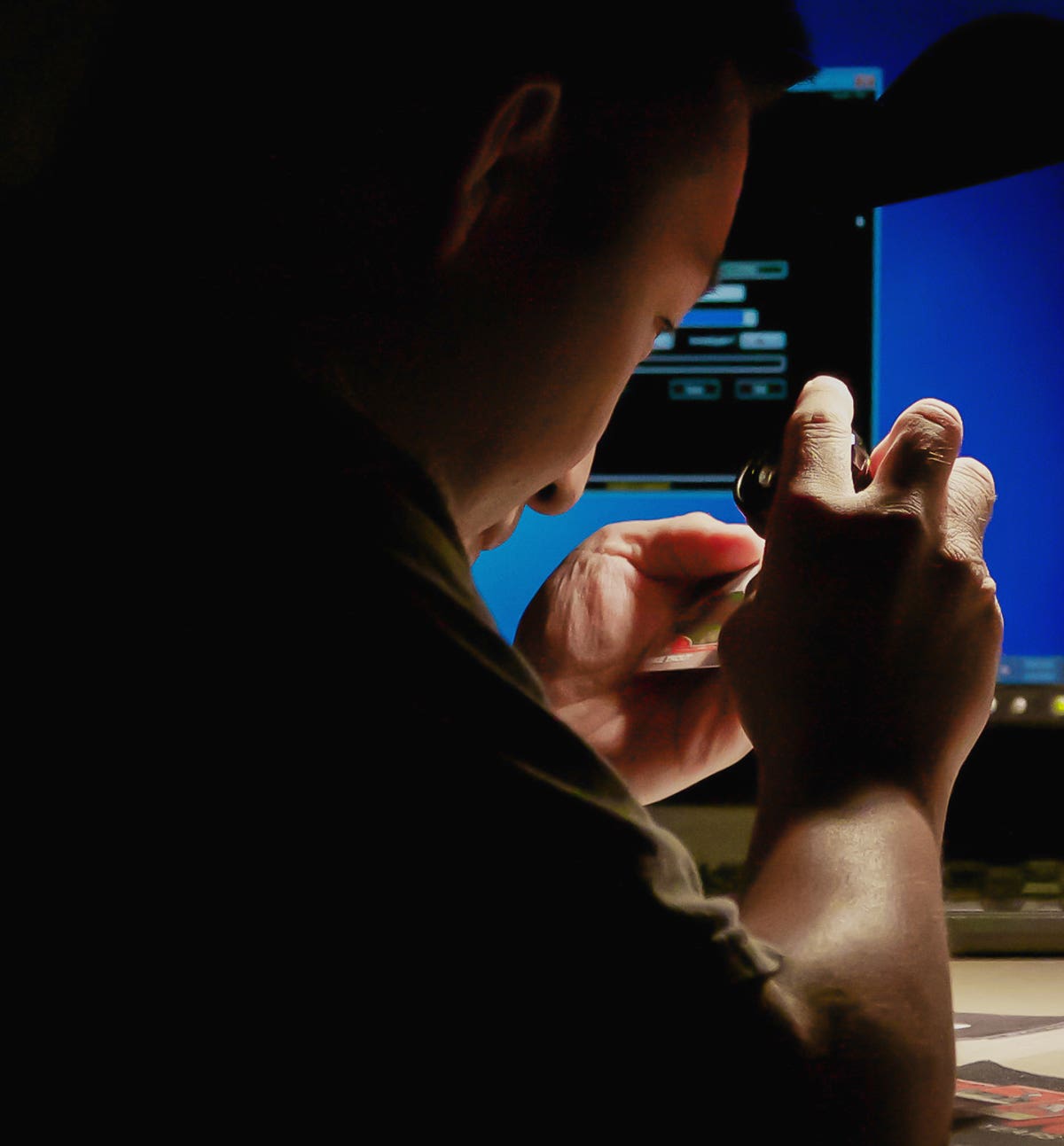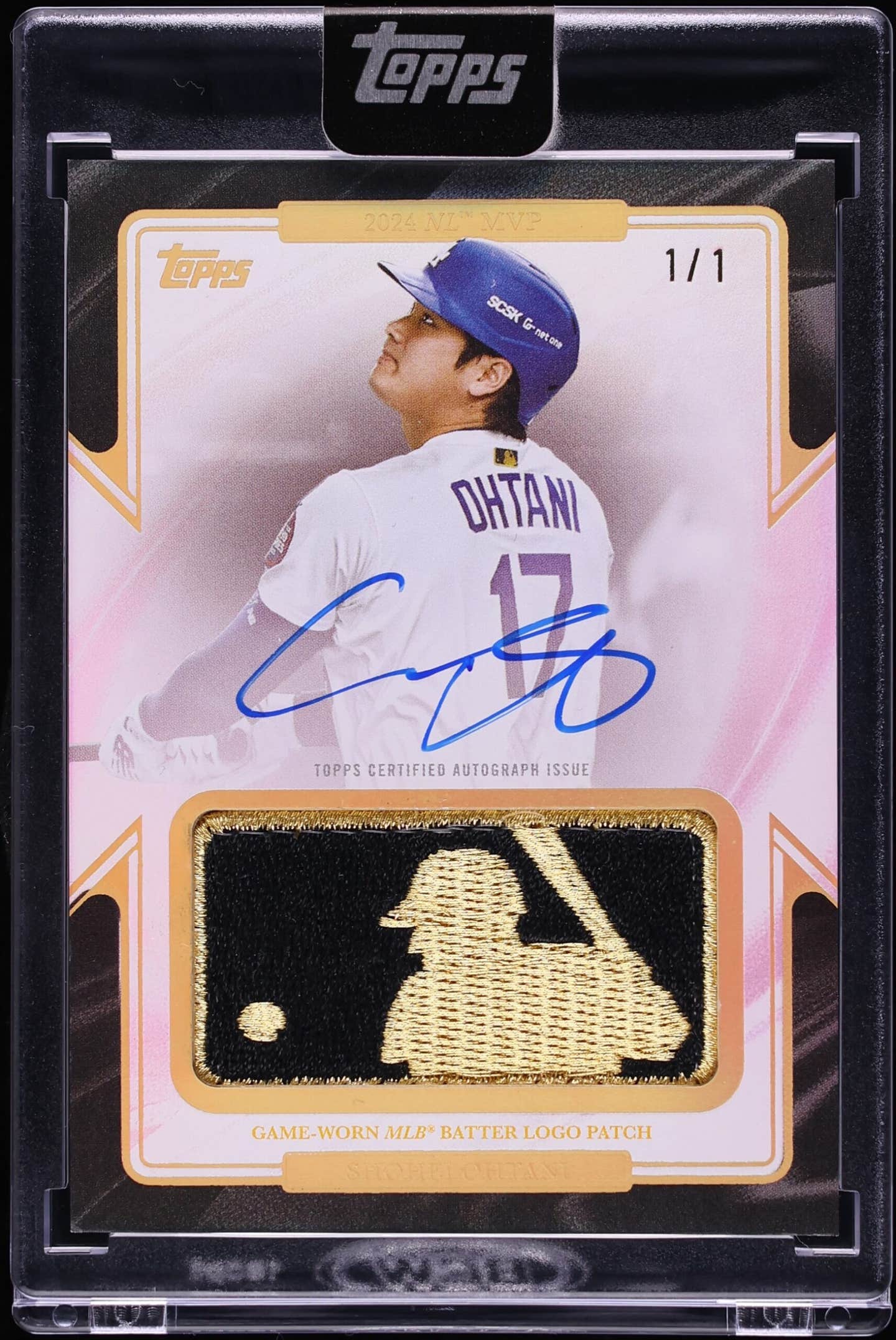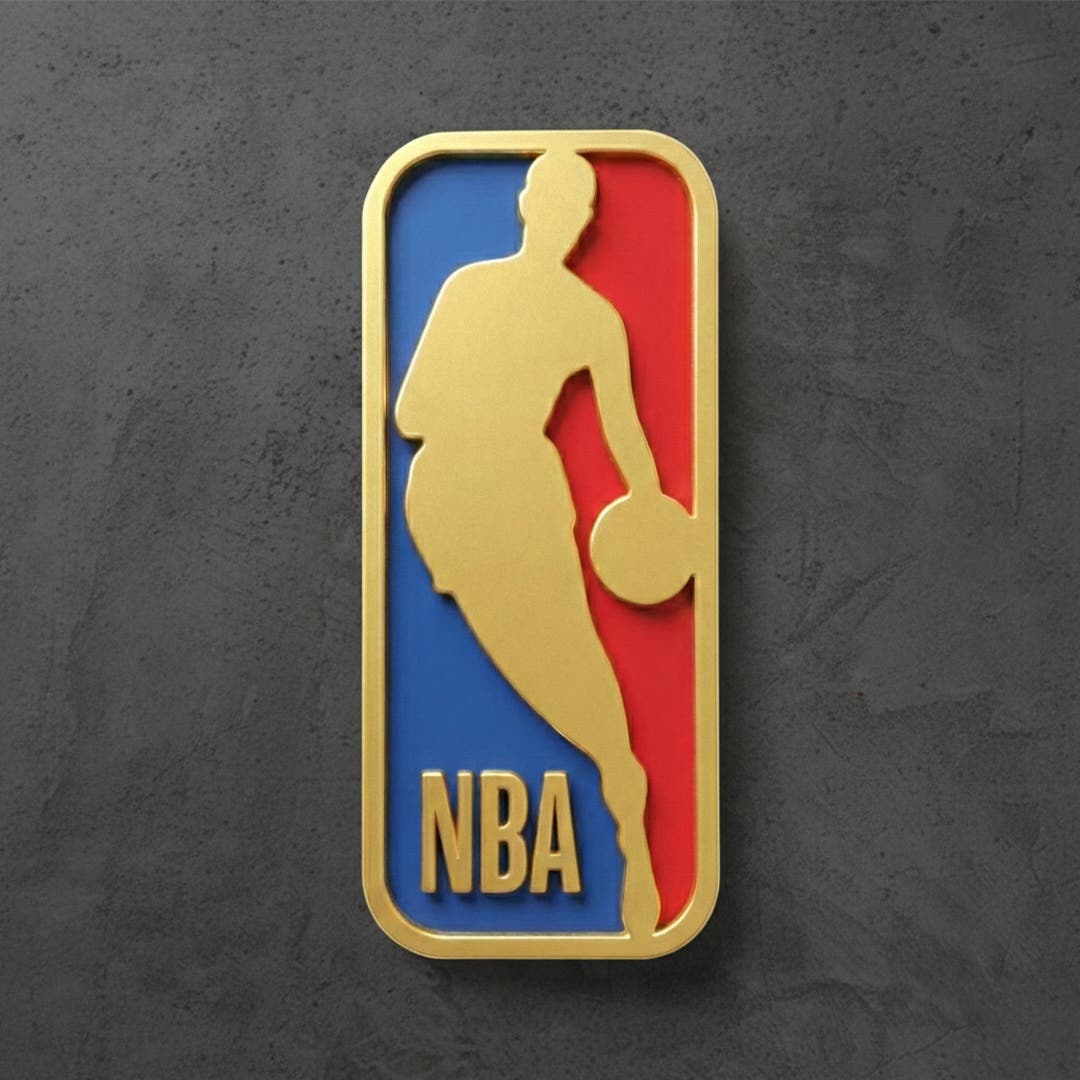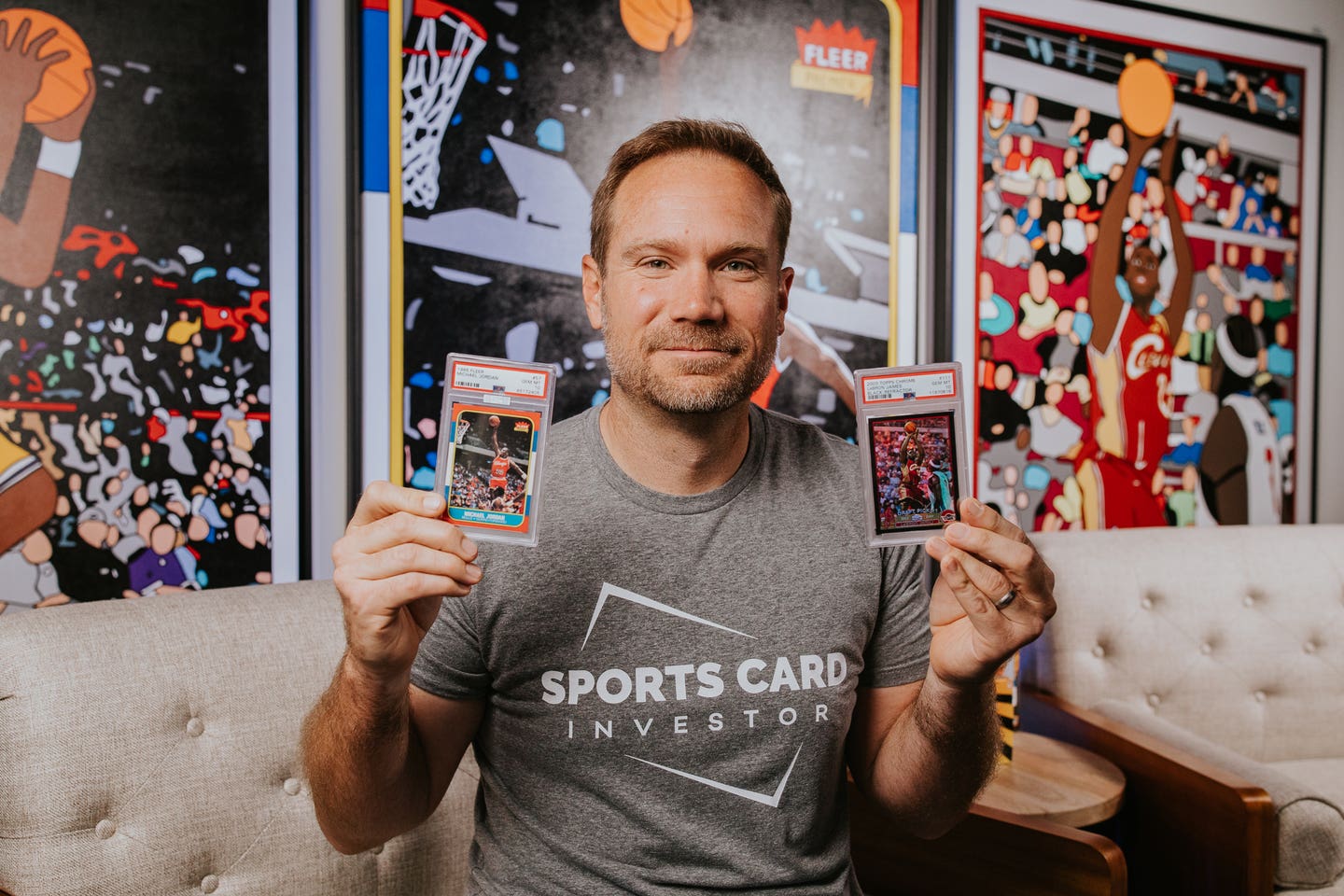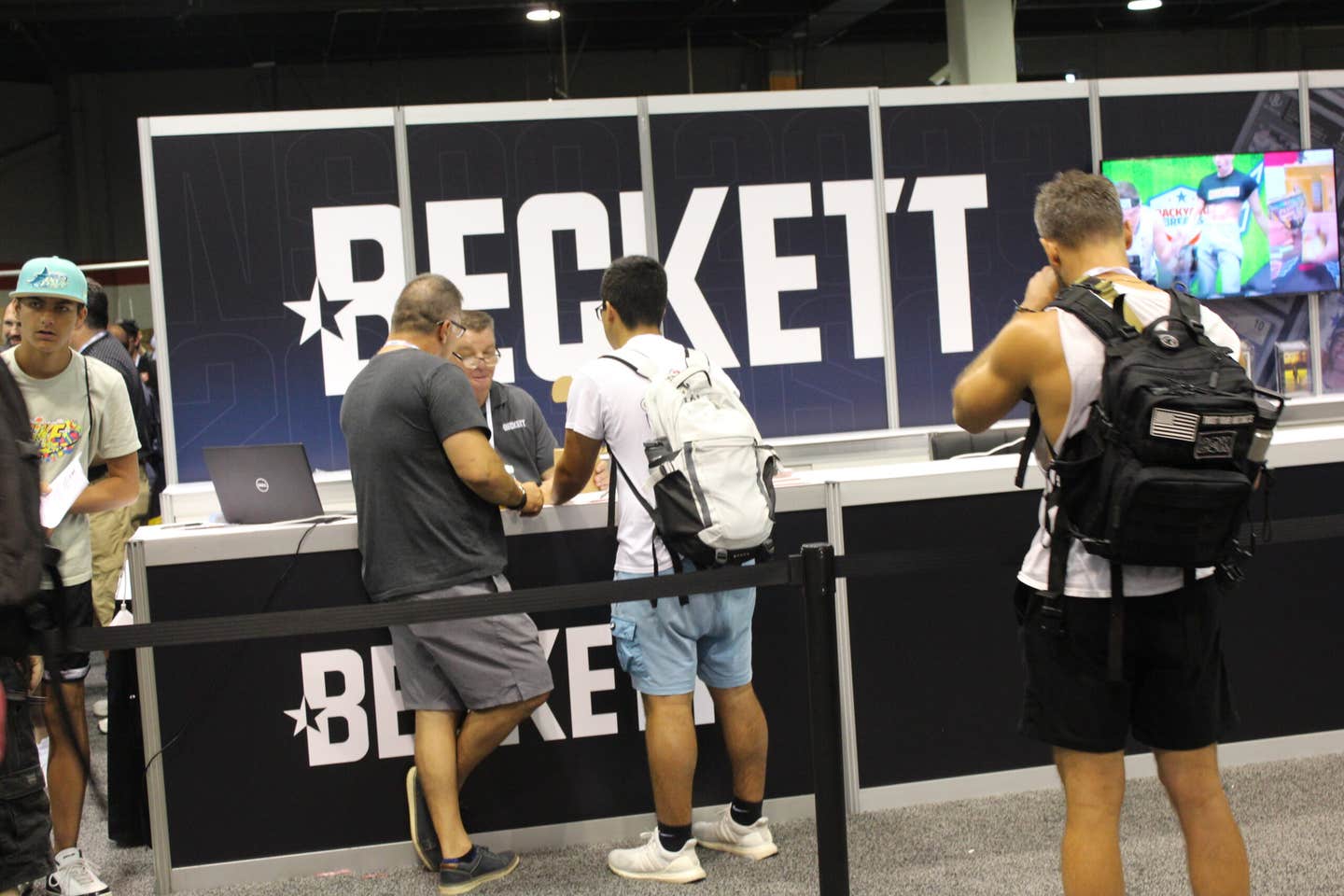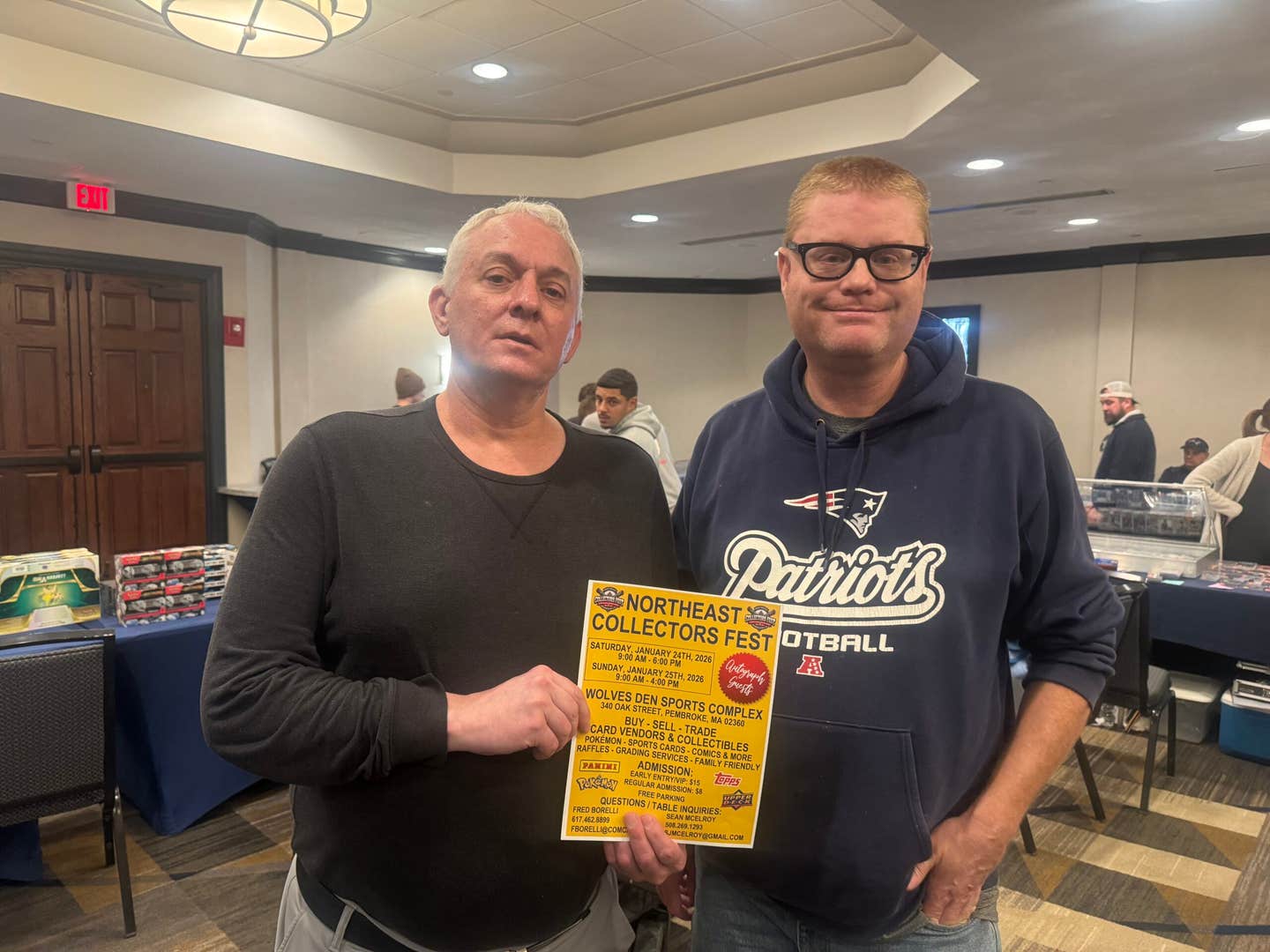News
Colorful upstart brought flair to the NBA
Play-by-play man Dick Palmer still has programs and press releases from his five-year stint with the American Basketball Association’s (ABA) Memphis franchise, but his most tangible souvenir comes from a promotion initiated by Charlie Finley during the 1972-73 season.
“He (Finley) was going to give every player (on the Memphis Tams) who grew a mustache $100,” recalled Palmer, adding that fans sporting soup-strainers would also receive discounts on ticket prices.
Told that the promotion also applied to him, the veteran Tennessee broadcaster joined the facial hair festivities. And when the day of the promotion arrived, Palmer’s mustache was in full bloom.
“The son-of-a-gun never paid me for my mustache,” complained Palmer. “And I told my wife, ‘I’m not shaving it off until I get my $100.’ And I’m sitting here with a mustache today. I’ve had it ever since.”
From growing mustaches to wrestling bears, the ABA’s promotional efforts were legendary. In operation from 1967-76, the renegade circuit is remembered mostly for its red, white and blue ball and the huge Afros of its players. Showcasing three-point shots and pioneering the slam-dunk contest, the high-scoring ABA offered an alternative to the more conservative NBA.
“If you would watch highlight films of the ABA, it would look very much like what you see today (in the NBA),” said Clay Shampoe, a veteran hobbyist who runs a Virginia Squires website
(www.virginiasquires.homestead.com/VirginiaSquiresHomepage.html).
Among the league’s most famous alumni are Rick Barry, Artis Gilmore, Dan Issel, Billy Cunningham, Moses Malone and – most notably – Julius Erving, who was in his prime during his ABA days.
“Basketball fans know him as a 76er, but he was an old man by then,” said Tom Garrett, who regularly attended Virginia Squires games and now collects ABA memorabilia.
A lack of a national TV contract and poor attendance hindered ABA franchises, forcing many to relocate and operate on shoestring budgets.
“The ABA just didn’t have a lot of money. Everybody in the ABA was suffering except for maybe just a few teams, like Kentucky and Indiana,” said Shampoe.
The economic woes would eventually be too much, and the league ceased operations in June 1976. The NBA would absorb four of its franchises – the Indiana Pacers, New York (now New Jersey) Nets, Denver Nuggets and San Antonio Spurs.
“We were trying to gain respect with the NBA, which we certainly didn’t gain until it was all over, when the merger came and the first All-Star Game was dominated by ABA players,” said Lloyd Gardner, former trainer with the Kentucky Colonels, who now buys and sells ABA memorabilia.
On top of the teams that persevered and the players who went on to star in the NBA, the ABA lives on in the collections of a tenacious group of hobbyists who covet memorabilia from the colorful circuit.
“It’s kind of like following Bruce Lee or James Dean or something. You know, they’re long gone but still alive in some people’s minds,” explained James Tucker, an ABA collector and webmaster of
www.abamemorabilia.com.
Palmer is surprised by the popularity of ABA items.
“The stuff I kept was the stuff I used mostly in my work, which was the game programs, press releases and game notes,” said the longtime broadcaster. “I’d throw in little trinkets like buttons and decals, stuff like that was just available for the taking. It sat in boxes in my attic or in my storage room for like 30 years.”
Gardner has also saved memorabilia from his ABA tenure. After the Colonels folded, he helped clean out the team’s offices.
“One day, someone called and said, ‘Come get this stuff or we’re going to throw it in the garbage.’ I had already bought the team truck. So I went and just grabbed what I could, put it in my truck and took it home,” he recalled.
His stash of ABA memorabilia includes photos, game-worn uniforms and game-used balls.
“It really amazes me that different items attract different people,” said Gardner, who auctions ABA collectibles on eBay. “I find there are photo collectors. There are pennant collectors. There are people who just like the Colonels.”
Palmer has also started unloading some of his items on eBay.
“I think most of the stuff is bought by people who are fans who may have been children (when the league was playing) and remember it,” he said.
All parties involved have discovered that the market for ABA memorabilia is strong.
“There’s a cult following,” said Shampoe. “You see it when you try to find something on eBay. It’s blood and guts out there, trying to find anything that’s unusual. It’s just astronomical what stuff goes for.”
Scarcity can have a great impact on the value of an item. The Houston Mavericks, for example, often entertained crowds of fewer than 100 people, which has made their memorabilia elusive.
“But it also kind of lowered the value in a sense because it (the Houston franchise) was so unsuccessful,” explained Tucker. “But for an ABA enthusiast like me, I like Houston stuff just because it’s limited.”
Similarly, memorabilia from the Baltimore Claws – a team that played exhibition games but folded prior to the 1975-76 season – is highly desirable.
“Talk about collectors and the Holy Grail, you’re probably talking about Baltimore Claws stuff,” said Shampoe.
The following is a summary of some of the most popular ABA items:
Game-Used Basketballs
Hobbyists say that the most sought-after ABA collectibles are its red, white and blue basketballs. At a 1997 ABA reunion, a number of game-used balls sold for more than $1,800 each. More recently, in August 2006, Mastro Auctions sold a ball from the league’s first game for $1,655.
Game-Used Uniforms
“If you can find a game-worn piece, that’s the most exciting thing you can get,” said Tucker.
The veteran collector has several game-worn items in his collection, but he says that they’re difficult to track down.
Arthur Hundhausen’s ABA site (www.remembertheaba.com) reports that a Mike Lewis Pittsburgh Condors jersey and matching warm-up top sold for $3,200 at the 1997 ABA reunion. Condors jerseys are scarce because the team reportedly donated their uniforms to the Attica prison in Upstate New York after it ceased operations.
Shampoe has not been able to secure a Squires jersey.
“They’re just untouchable. I mean, if they do come up . . . everybody goes nuts,” he said. “Everybody opens those wallets real wide.”
Garrett agrees, stating, “We’ve seen a couple of original jerseys, but they go for just oodles or they were in big auction houses. You’re not going to sell an ABA jersey on eBay.”
To illustrate Garrett’s point, a 1973-74 Julius Erving ABA New York Nets jersey sold for $141,927 in a Grey Flannel Auction sale in September 2006.
The prices being realized have Gardner reflecting on what he once owned. He remembers giving away game-worn Issel and Gilmore jerseys.
“I used the old practice jerseys for men’s league teams,” he said.
Programs
Shampoe says that programs are likely the most common ABA collectibles. Recent eBay sales indicate that most programs fetch between $20-$40 each, but the price varies, depending on scarcity, condition and demand.
Shampoe says it’s tough to track down programs from short-term teams like the New Jersey Americans and Anaheim Amigos.
“Obviously, some of the early teams are probably the hardest,” he said.
Photos
Prices for ABA photos can range from under $10 for prints to more than $100 for originals. Tucker has acquired his photos through eBay and directly from a photographer.
“I contacted John Chapman, who was an original photographer that shot for the Kentucky Colonels,” said Tucker.
Gardner also owns photos, including one of him clutching Wendell Ladner after the Colonels forward had crashed into a glass water cooler.
“He dove after a loose ball and went over a glass water cooler. If you can imagine what five gallons of water with blood in it looked like,” he said, adding that Ladner required 58 stitches.
Everything from ABA bumper stickers to tickets to pennants are also in demand. Topps produced ABA cards, but they were part of sets that also included NBA cards.
“I’m stunned by the response I get from people that want ABA memorabilia,” said Palmer.
Those who haven’t seen footage of the league might be surprised by its continued popularity, as well. Sports Illustrated once described the ABA as a league that “valued big hair, flashy dunks and second chances.”
One thing it didn’t value, however, was a mustache. If it did, Palmer would’ve been paid by now.



